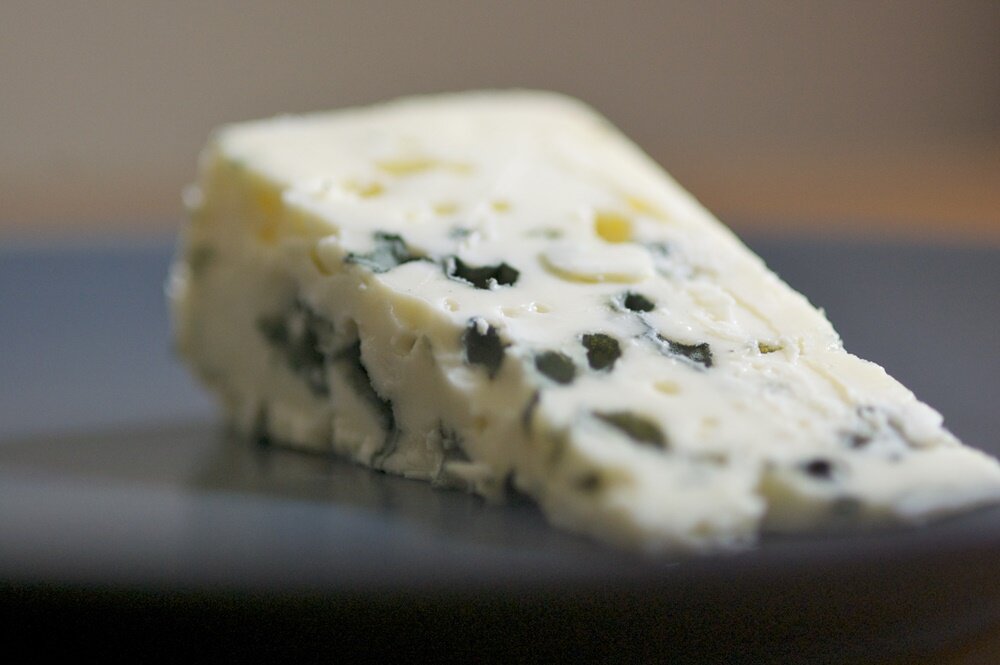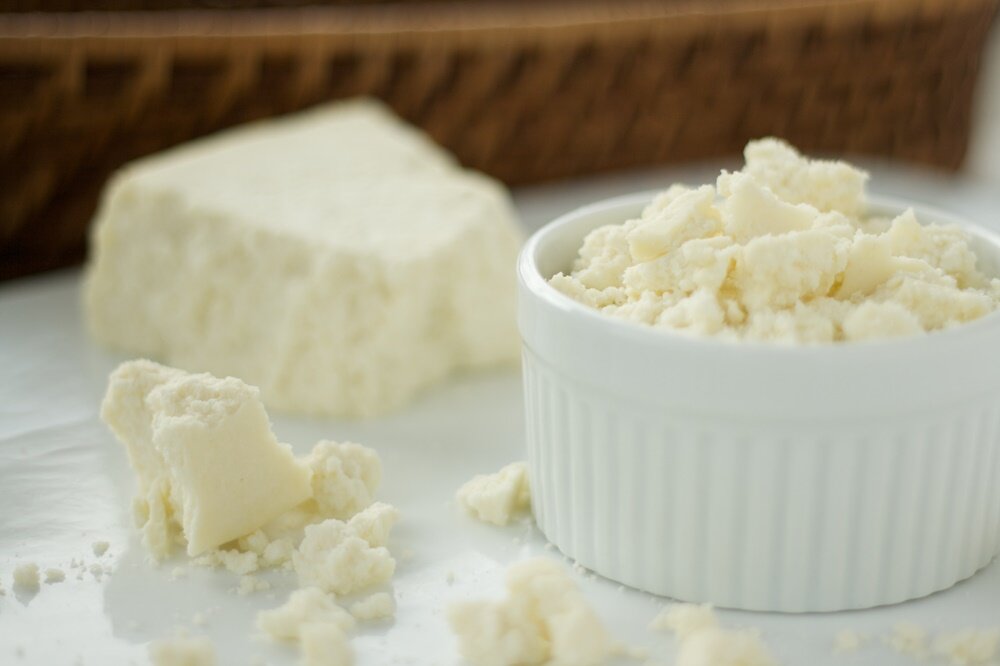Cheese is almost as old as civilisation. Cheese over 3500 years old has been found, and evidence for its making for 4000 years prior. And yet in all that time it recently being travel from Europe to Asia and gains its popularity in most traditional Asian cuisine. In foods where cheese is an essential ingredient, such as pizza, the presence of cheese is something of a novelty, leading to endless creations.
While fancy cheeses may be available today, how do you know which are mild, and which are stinky, which will melt well on a burger and which is better appreciated off a cheeseboard? Don’t worry! with this article, you will find a story and details from a completely biased and opinionated list of 13 cheese that all food lovers should know.
ROQUEFORT
Country of Origin: France
Type of milk: Sheep
Ageing: At least five months.
Tasting Notes: The blue pockets of mould that dot a chunk of Roquefort are colonies of the mould Penicillium Roquefort, found naturally in the caves of Roquefort, France. It has a moist, crumbly paste, and a sharp, sweet and nutty flavour from the yeast with distinct grassiness from the sheep’s milk. It’s best eaten in the fall, when cheese made from early spring milk is just coming to market.
Best Uses: Eaten as is, or with nuts and honey.

CAMEMBERT
Country of Origin: France (Normandy)
Type of milk: Cow
Ageing: At least three weeks
Tasting Notes: The outer rind is a layer of penicillium candidum. Take a look at this fungus under a microscope, and it resembles the tufted head of a dandelion. That’s why you’ll hear it referred to as a “bloomy rind” cheese occasionally. As one of the most widely produced French cheeses, its quality can vary significantly. Some Camemberts are handmade and name-protected (the raw-milk Camembert de Normandie, for example), while others are mass-produced from pasteurised milk (like “Le Châtelain” brand pictured). Because of their short ageing period (just over three weeks), you will not find any raw milk Camembert in the U.S. Rich, buttery, and spreadable, Camembert has a mild, mushroomy aroma.
Best Uses: Eaten as is, on sandwiches, baked in a crust, breaded and deep-fried (giddy-up!)

COTIJA
CHÈVRE
Country of Origin: France
Type of milk: Goat
Ageing: Varies
Tasting Notes: The French word chèvre literally translate to “goat,” and is used to refer to any cheese made from goat’s milk. Colloquially in America, however, chèvre refers exclusively to fresh goat’s milk cheese, it is unaged and eaten almost immediately after it is made. Fresh chèvre tends to be moist, bright and acidic, with a lemony flavour and slightly chalky finish in the mouth. You’ll find it sold in vacuum sealed logs, sometimes flavoured with herbs, spices, or garlic.
Best Uses: Crumbled in salads, breaded and fried, in sandwiches, in macaroni and cheese.

FETA
Country of Origin: Greece
Type of milk: Sheep and goat
Ageing: About 3 months
Tasting Notes: Feta is one of the many cheese worldwide to be a protected designation of origin product, meaning that a cheese may only bear the label “feta” in the E.U. if it comes from either mainland Greece or Lesbos, and is made with at least 70% sheep’s milk (the remainder must be goat’s milk). A brined cheese, it is made by soaking freshly pressed curds in salt water. Tangy and moist, feta can range from completely crumbly to moderately creamy and pairs well with fresh summer fruit.
Best Uses: Broiled with olive oil. Crumbled in salads. Sandwiches. Use in place of Cotija in tacos and other Mexican dishes.




